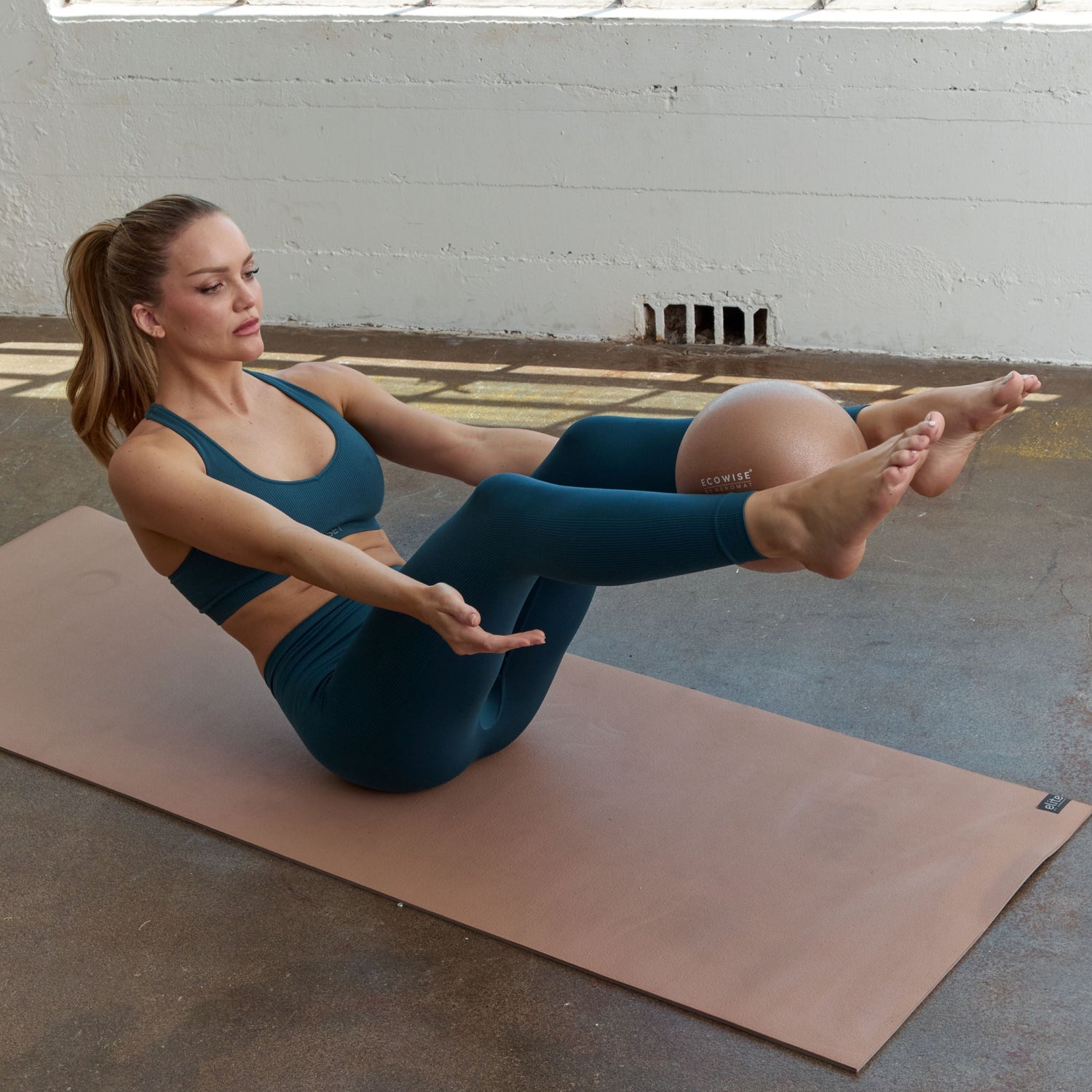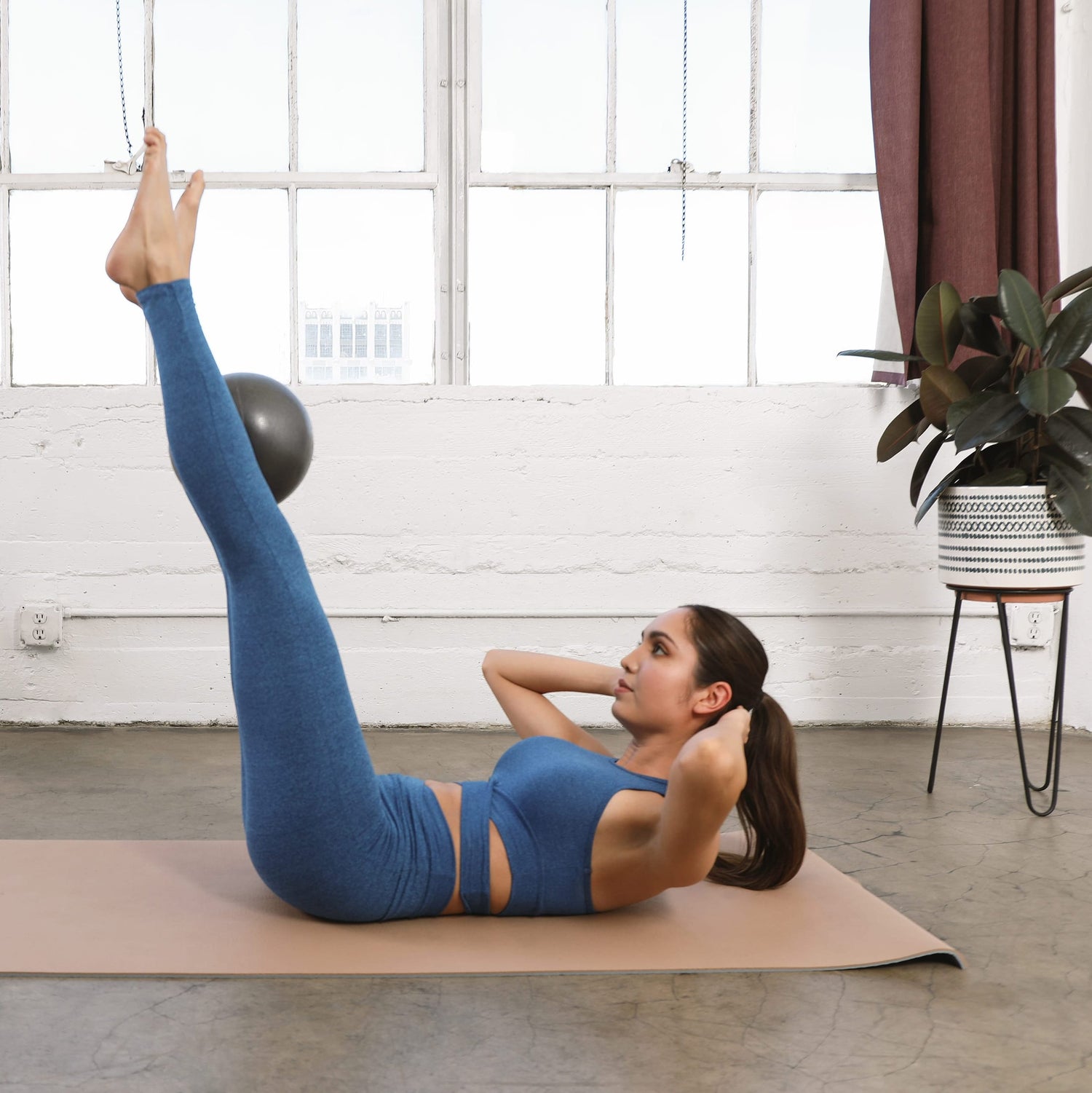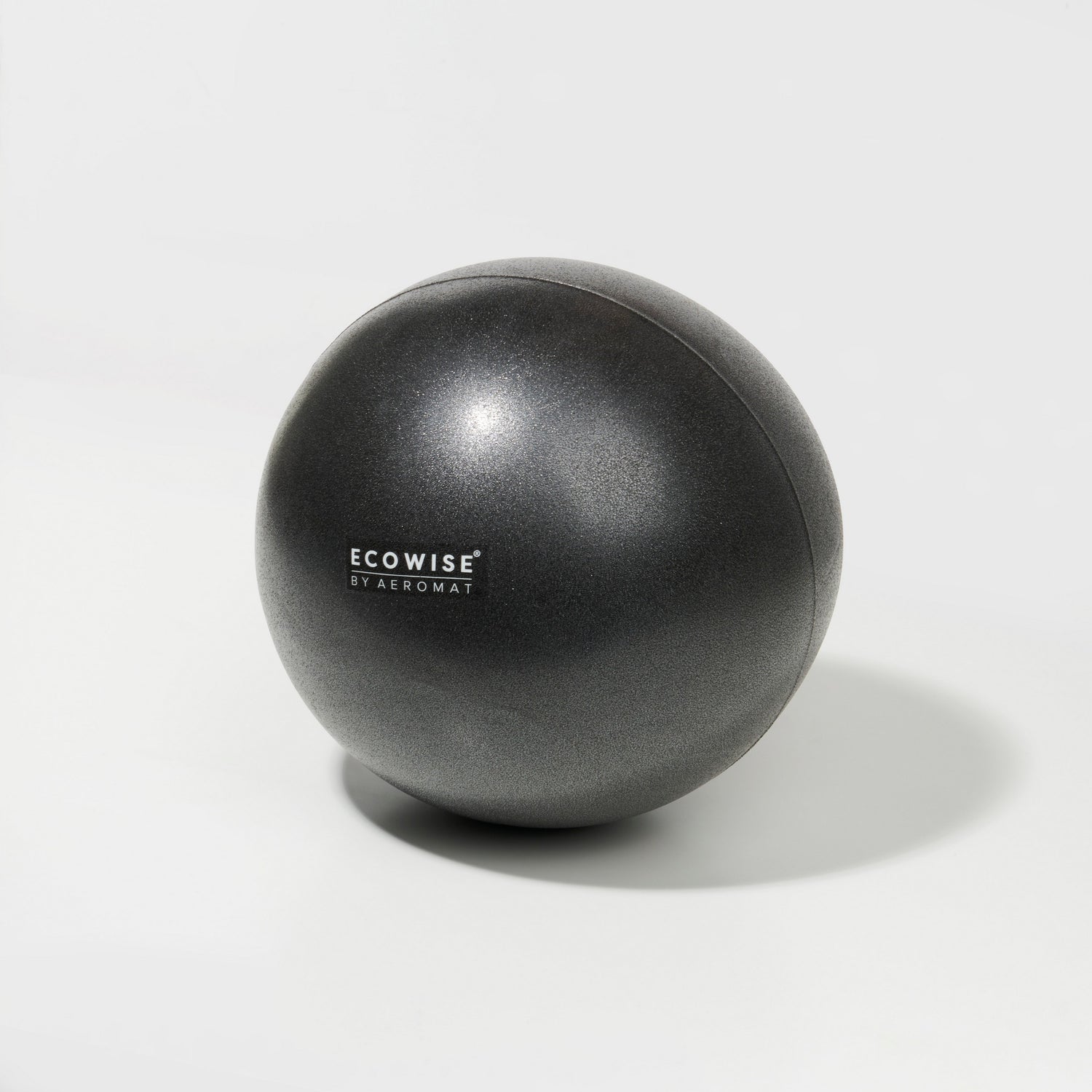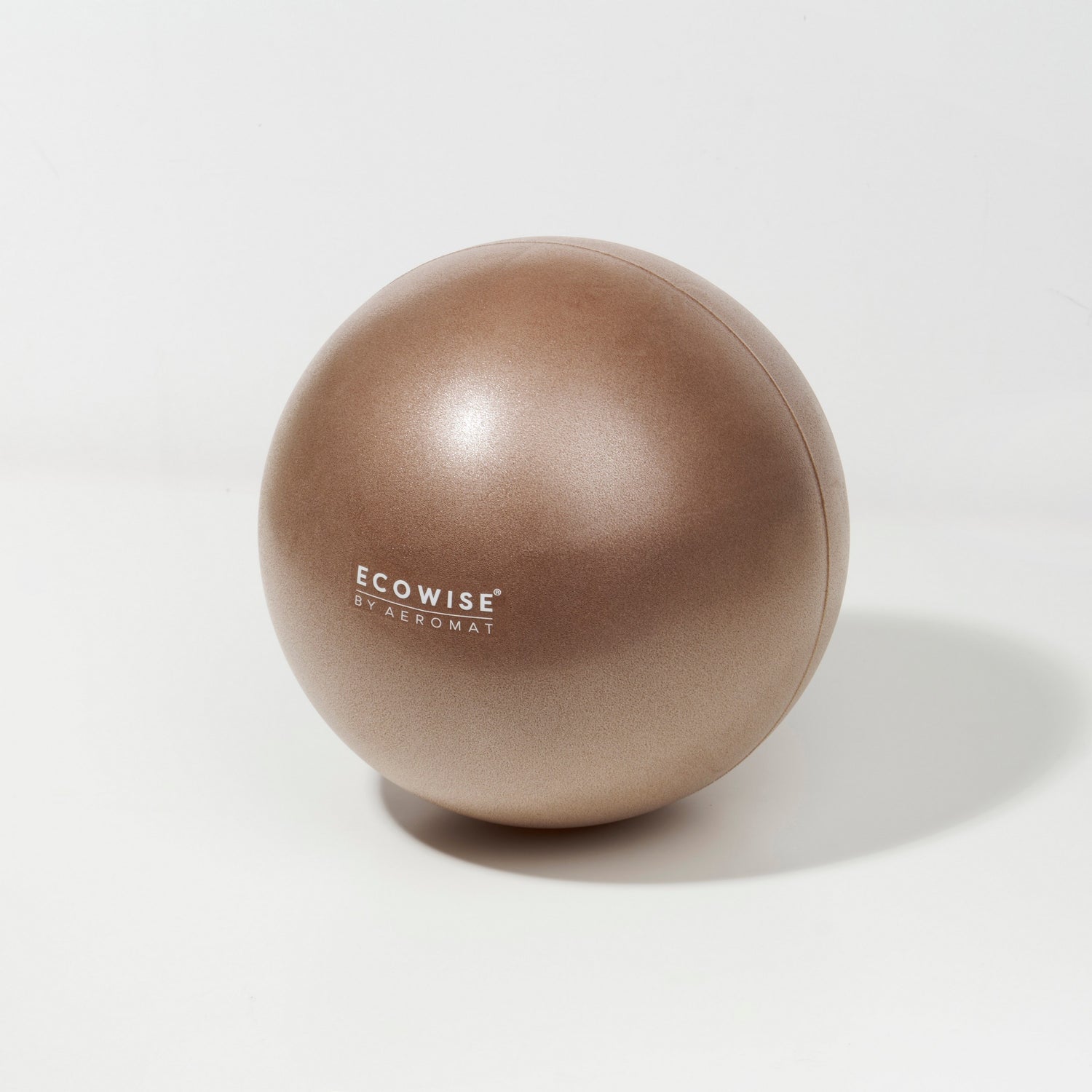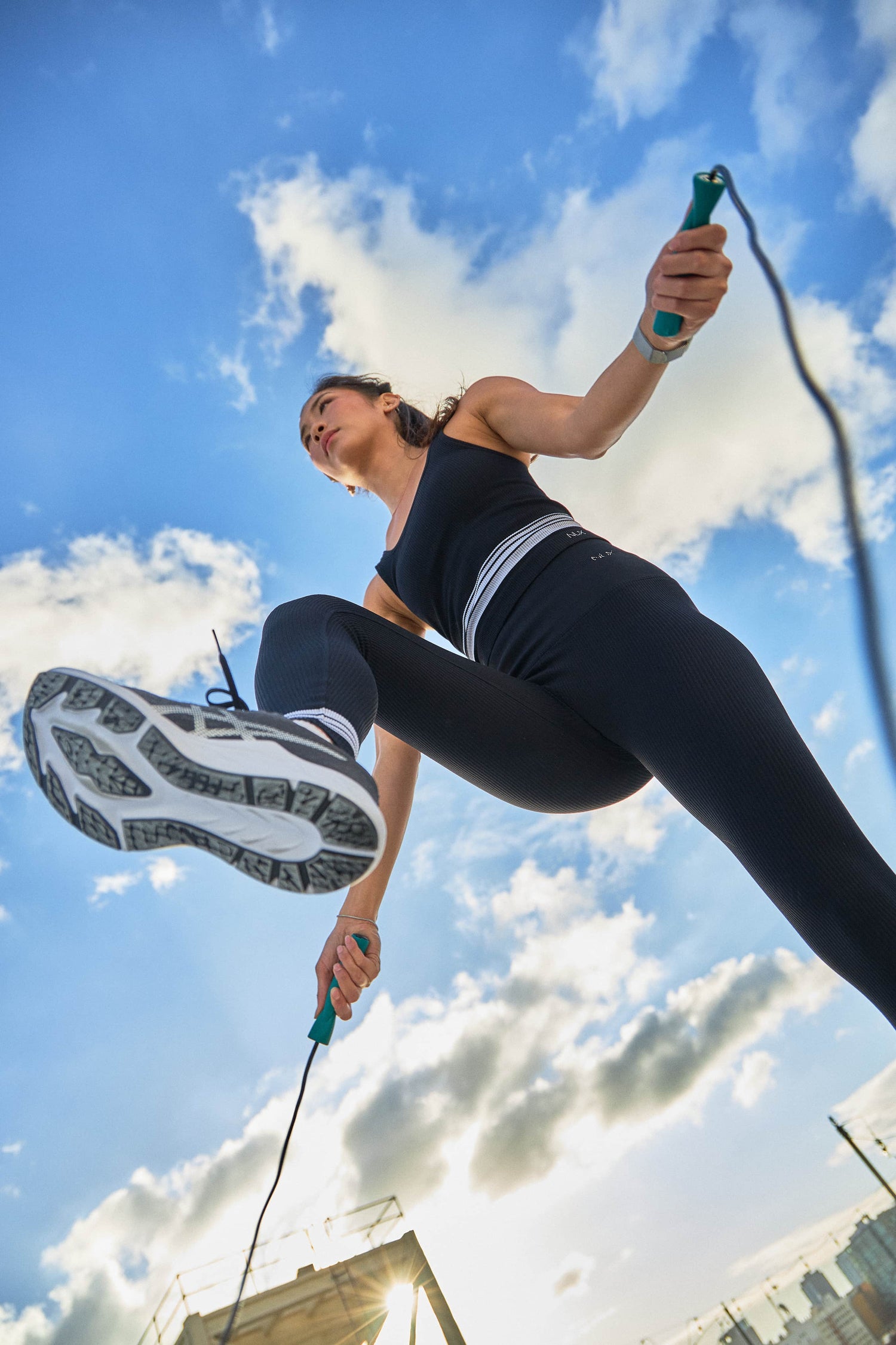If you’re new to yoga, exploring yoga poses for beginners is one of the most empowering ways to build a strong foundation in flexibility, balance, and mindful movement. Unlike fast-paced workouts, yoga encourages you to slow down, breathe deeply, and reconnect with your body—making it an ideal starting point for anyone seeking a gentle yet transformative practice.
Through consistent movement and focused breathwork, yoga helps beginners improve posture, reduce tension, strengthen their core, and build confidence as they learn each pose. With supportive equipment, proper guidance, and patience, every beginner can enjoy a safe and fulfilling yoga journey—whether practicing at home or stepping into a studio for the first time.
Preparing for a Beginner Yoga Session
Before diving into beginner yoga poses, take a moment to prepare your body, your space, and your mindset. A proper set-up makes your practice safer, more comfortable, and more enjoyable—especially when you’re still learning foundational alignment.
A few minutes of gentle warm-up helps activate your muscles and lubricate your joints. Movements like shoulder rolls, gentle spinal twists, wrist mobility exercises, and slow hip circles can help loosen tension. Meanwhile, deep breathing prepares your nervous system for focused movement. Simply inhaling through the nose and exhaling slowly through the mouth helps shift your body into a relaxed, mindful state.
Equally important is your practice environment. A stable, comfortable yoga mat provides essential support for kneeling, balancing, and floor-based poses. Blocks help you reach the floor without straining, straps assist with stretching when flexibility is limited, and bolsters enhance comfort during seated or restorative positions.
Top 10 Yoga Poses for Beginners
To help you get started, we’ve curated the most essential yoga poses for beginners—a balanced sequence that builds strength, improves mobility, and supports mindfulness. These 10 yoga poses for beginners can be practiced individually or combined into a simple flow, you can move slowly, adjust as needed, and use props for safety and comfort.
1. Mountain Pose (Tadasana)

Mountain Pose may seem simple, but it is one of the most important beginner yoga poses. It teaches posture awareness, balance, and alignment—skills you’ll use in nearly every standing pose.
How to do it: Stand tall with your feet hip-width apart. Engage your core, lengthen your spine, relax your shoulders, and press evenly through both feet. Let your arms rest naturally by your sides.
Why it matters: Mountain Pose builds strong foundational posture and teaches control and stability.
2. Downward Dog (Adho Mukha Svanasana)
Downward Dog is a classic pose that strengthens the upper body while stretching the entire back body.
How to do it: From hands and knees, lift your hips into an inverted V-shape. Press your palms evenly into the mat and draw your chest gently toward your thighs.
Benefits: Stretches the hamstrings, calves, and spine while improving shoulder and arm strength.
3. Child’s Pose (Balasana)

Child’s Pose is a restorative posture ideal for calming the mind and releasing tension.
How to do it: Sit back on your heels and fold your torso forward, extending your arms or placing them by your sides. Rest your forehead on the mat.
Benefits: Releases tension in the spine, hips, and shoulders while promoting deep relaxation.
4. Cat-Cow (Marjaryasana–Bitilasana)
This gentle flow builds spinal mobility and helps warm up the body.
How to do it: Move between arching the back (Cow Pose) and rounding the spine (Cat Pose), syncing each movement with your breath.
Benefits: Enhances spinal flexibility and reduces tension in the back and neck.
5. Warrior I (Virabhadrasana I)

Warrior I strengthens the entire lower body while improving focus and posture.
How to do it: Step one foot back, bend your front knee, square your hips, and raise your arms overhead.
Benefits: Strengthens legs, glutes, and back muscles while opening the chest and hips.
6. Warrior II (Virabhadrasana II)
Warrior II deepens leg strength and improves concentration and endurance.
How to do it: From a wide stance, bend your front knee and extend your arms parallel to the floor. Gaze softly over your front fingertips.
Benefits: Builds stability in the lower body and enhances alignment awareness.
7. Bridge Pose (Setu Bandhasana)

A gentle backbend that strengthens the glutes and opens the chest.
How to do it: Lie on your back with knees bent and feet hip-width apart. Press into your heels to lift your hips while engaging your legs and core.
Benefits: Strengthens the back body and improves chest mobility for deeper, fuller breathing.
8. Seated Forward Fold (Paschimottanasana)
A calming stretch that promotes relaxation and introspection.
How to do it: Sit with legs extended, hinge forward from your hips, and reach toward your feet. Keep your spine long and avoid rounding excessively.
Benefits: Stretches hamstrings and lower back while calming the mind.
9. Tree Pose (Vrksasana)

A balancing posture that enhances stability and focus.
How to do it: Stand tall, shift your weight to one leg, and place the opposite foot along your inner calf or thigh. Bring your palms together in front of your chest.
Benefits: Strengthens the legs and ankles while improving concentration and grounding.
10. Cobra Pose (Bhujangasana)
A gentle heart-opening backbend that supports better posture.
How to do it: Lie on your stomach with palms under your shoulders. Gently lift your chest forward and up while keeping elbows slightly bent.
Benefits: Strengthens the upper back, opens the chest, and improves breathing capacity.
Aeromat Tip: Practicing these poses on a high-grip Aeromat mat improves stability during standing postures and provides cushioning for your wrists, knees, and spine. Beginners often benefit from using Aeromat blocks and straps to modify poses safely and comfortably.
Tips for Building a Consistent Yoga Routine
Creating a consistent yoga routine is one of the best ways to progress confidently as a beginner. The goal is to build steady habits that support balance, strength, and mindfulness—without overwhelming yourself. Here are simple, practical ways to make yoga a natural part of your week:
1. Start with short sessions. Begin with 10–15 minutes, two to three times a week. Short practices feel manageable and help you stay committed.
2. Focus on form, not depth. Proper alignment prevents injury and builds strong foundations. If needed, use blocks, straps, or bolsters to keep your body supported.
3. Create a dedicated practice space. A clean, comfortable area—your mat, props, and quiet surroundings—helps you shift into a focused mindset every time you arrive on the mat.
4. Listen to your body. Move mindfully and avoid forcing any posture. If something feels uncomfortable, modify the pose or take a break in Child’s Pose.
5. Use tools that support your progress. Props make yoga more accessible. Aeromat’s mats, blocks, and straps help beginners maintain stability and proper form.
6. Be patient with your progress. Flexibility and strength take time. Celebrate small improvements, like steadier breathing or better balance.
7. Schedule it like any other commitment. Setting specific practice days and times helps yoga become a consistent part of your lifestyle rather than an occasional activity.
Discover Eco-Friendly Yoga Equipment with Aeromat
A strong, confident yoga practice begins with supportive equipment. Aeromat/EcoWise offers a full range of eco-friendly mats, blocks, straps, and bolsters made from high-quality materials that prioritize comfort, durability, and sustainability.
Our non-slip mats provide excellent grip for standing poses, while our blocks and straps help beginners modify poses safely. Whether you’re practicing restorative yoga or building strength through standing postures, Aeromat tools help you feel grounded and supported in every movement.

Elevate Your Yoga Practice with Aeromat
Starting with yoga poses for beginners offers a powerful entry point into mindful movement. As you explore these foundational postures, you’ll build the strength, balance, and body awareness needed for long-term wellness. With Aeromat equipment, you can enhance safety, comfort, and confidence throughout your practice.
Explore Aeromat’s yoga collection today or reach out to our team for personalized guidance on choosing the best gear for your practice.
Frequently Asked Questions
Why do my wrists hurt in Downward Dog?
Beginners often place too much weight on their wrists. Spread your fingers wide, press evenly through your palms, and use a thicker Aeromat mat for cushioning.
I can’t balance in Tree Pose. What should I do?
Start by placing your foot lower on your standing leg—avoid the knee. Practicing on a non-slip mat improves stability.
What if I’m not flexible enough for Forward Fold?
Bend your knees slightly or use a strap to avoid straining your lower back. Flexibility will improve gradually with consistent practice.
My lower back feels tight in seated poses. How can I fix this?
Sit on a block or bolster to elevate your hips. This supports proper spinal alignment and reduces pressure.
How often should beginners practice yoga?
Two to three times per week is ideal. Consistency matters more than duration, and even short sessions create lasting benefits.

